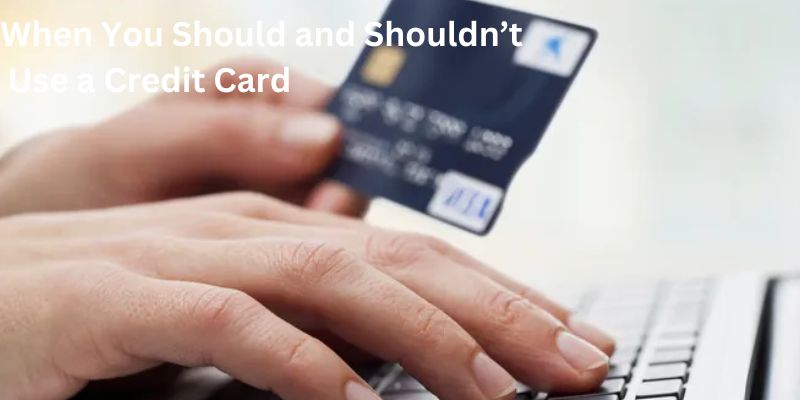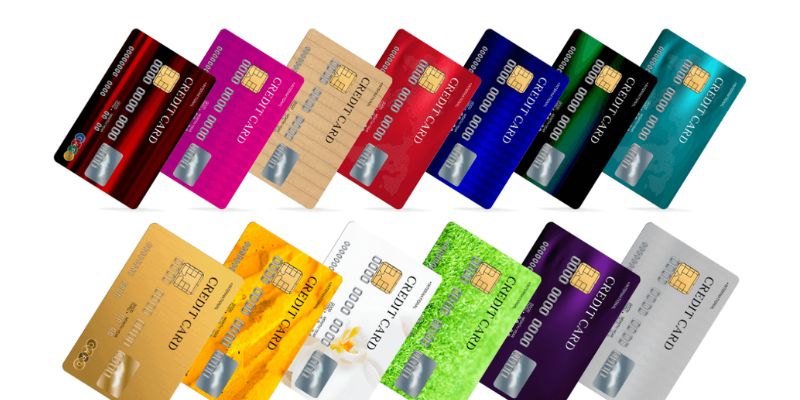Have you been paying your mortgage for some time but feel it could be easier? Are you also making payments each month on private mortgage insurance (PMI) that feels like a never-ending financial burden?
Well then, rest assured – there is hope! By taking specific steps and meeting certain criteria, you can eliminate PMI sooner rather than later.
This blog post will share all the necessary details about eliminating pesky monthly PMI from your life.
All it takes is a compassionate understanding and an eagerness to ensure you are using your money in the best way possible – let's get started!
What is Private Mortgage Insurance (PMI)?
Private Mortgage Insurance is a type of insurance that lenders need borrowers to have if they make a smaller down payment on their home purchase. It protects the lender if you fail to pay your loan.
Generally, PMI is required if you put less than 20% down on a home purchase. The amount of PMI required depends on the size of your down payment and other factors such as credit score and type of loan.
How does private mortgage insurance (PMI) work?
Private mortgage insurance, or PMI, is an extra cost added to your monthly mortgage payments if you make a down payment of less than 20% of the purchase price for a home.
This additional cost helps lenders protect their investment if you default on your loan. PMI can be expensive, so you should figure out how to get rid of it sooner rather than later.
6 ways to get rid of PMI

Fortunately, there are a few ways to remove private mortgage insurance from your home loan once the requirements have been met:
1. Wait until you qualify for the automatic or final termination of PMI
Once you have achieved a certain equity level in your home, the lender is obligated to automatically or finally remove PMI from your loan according to the mortgage contract terms.
2. Make a request for cancellation in writing.
You can start this process by submitting a written request for cancellation of PMI along with proof of good standing on your loan, such as a recent mortgage statement.
3. Pay down your mortgage principal balance
You can also remove PMI by paying down the loan balance until it is equal to or less than 80 percent of the home's original appraised value at purchase. Once this threshold has been met, you may submit a written request to cancel PMI.
4. Make improvements or repairs to increase home value
Certain improvements and repairs made to the property can also contribute to having the PMI removed from your loan. Not all lenders will approve this option, so check with yours before making any changes.
5. Refinance your mortgage
If you have more than 20 percent equity in your home, you can refinance your mortgage and remove the PMI. This option may be costlier than others but could result in a lower overall interest rate and monthly payments.
6. Make sure you get the proper paperwork from the lender
Once the PMI has been removed from your loan, get a written notice of cancellation or termination from your lender. This will prove that your loan is no longer subject to PMI and could help you save money on taxes.
How to prepare yourself for the mortgage underwriting process
The mortgage underwriting process is a key step in the financial journey of buying a home. Preparing for this process will help you move through it quickly and smoothly, ultimately leading to the approval of your mortgage loan.
One important factor lenders consider when evaluating mortgage borrowers is Private Mortgage Insurance (PMI). This insurance protects the lender should you default on your loan.
Here's what you need to know about PMI and how to prepare for this part of the mortgage underwriting process.
How to avoid PMI with a no-PMI mortgage

No-PMI mortgages are a great way to avoid private mortgage insurance (PMI) and save on monthly mortgage payments. A no-PMI mortgage is structured so that the lender either waives or eliminates the need for PMI, thus reducing your overall loan costs.
The most common type of no-PMI loans is those with less than a 20% down payment, the minimum requirement for traditional home loans. However, there are other scenarios where you can also take advantage of no-PMI mortgages.
If you have good credit and a steady income, you maycanalify for a lender-paid mortgage insurance (LPMI) loan. With this type of no- PMI loan, the lender pays for your PMI as part of your closing costs.
Another option is to take out a piggyback loan, two loans that are taken out in succession, with the first loan covering 80% of the home's purchase price and the second loan covering up to 20% of the total cost. This allows you to avoid having to pay PMI altogether.
Finally, if you have the cash available, you can make a larger down payment on your home and avoid paying PMI. Generally speaking, if you make a down payment of 20% or more, your lender will waive the PMI requirement.
Don’t drain your bank account. Don't escape PMI.
Private Mortgage Insurance (PMI) is a necessary expense for most homebuyers. It helps to protect the lender in case of default and allows borrowers with less-than-perfect credit or those who don’t have a large down paydon'tto obtain financing.
While PMI can be expensive, there are ways you can get rid of it without draining your bank accounts. Here are four ways to remove PMI:
1. Pay off your mortgage
The simplest way to get rid of PMI is to pay off your mortgage balance until it’s under the 80 percent it's-value ratio set by lenders. Once you hit that mark, you can submit a request for PMI removal and have it taken off your mortgage.
2. Increase the appraised value of your home
Another way to reduce PMI is to increase your home's value through improvements and renovations, then submit a request for a new appraisal from the lender.
If the result shows that your loan-to-value ratio is at or below 80 percent, you can have your PMI removed.
3. Refinance your mortgage
If the appraised value of your home isn’t high enough or you don't have the funds available, don't pay off your loan balance; refinancing can be a great way to remove PMI.
Refinancing into a new loan with a lower interest rate and shorter term can often eliminate PMI.
4. Request a PMI cancellation
Some lenders offer programs allowing borrowers to request a cancellation once they’ve paid theirs to a certain percentage. If you have PMI and your lender offers this option, ask about it when making payments or submitting requests for changes to your loan.
FAQs
Can PMI be removed without refinancing?
Yes, in some cases, PMI can be removed without refinancing. This typically requires that the homeowner pays the loan down to 80% of the home's original purchase price or appraised value. However, it is lower. A cancellation request must then be submitted with evidence of this milestone.
How do I get rid of MIP?
MIP can typically be removed when the loan balance reaches 78% of the original purchase price or appraised value, whichever is lower. You must then submit a request for cancellation with evidence of this milestone to your lender to get rid of MIP.
When can you drop PMI insurance?
When your loan balance reaches 80% of the home's original purchase price or appraised value but is lower, you may be able to drop PMI insurance. To do so, you must submit a request for cancellation with evidence of this milestone to your lender.
Conclusion
In conclusion, removing private mortgage insurance is a worthwhile goal for homeowners in many cases. Several ways exist, including making a larger down payment or reaching certain milestones on your mortgage payments.
Speaking with your lender to find the best option fits is important. Doing so can help reduce your monthly payments and save you money.



